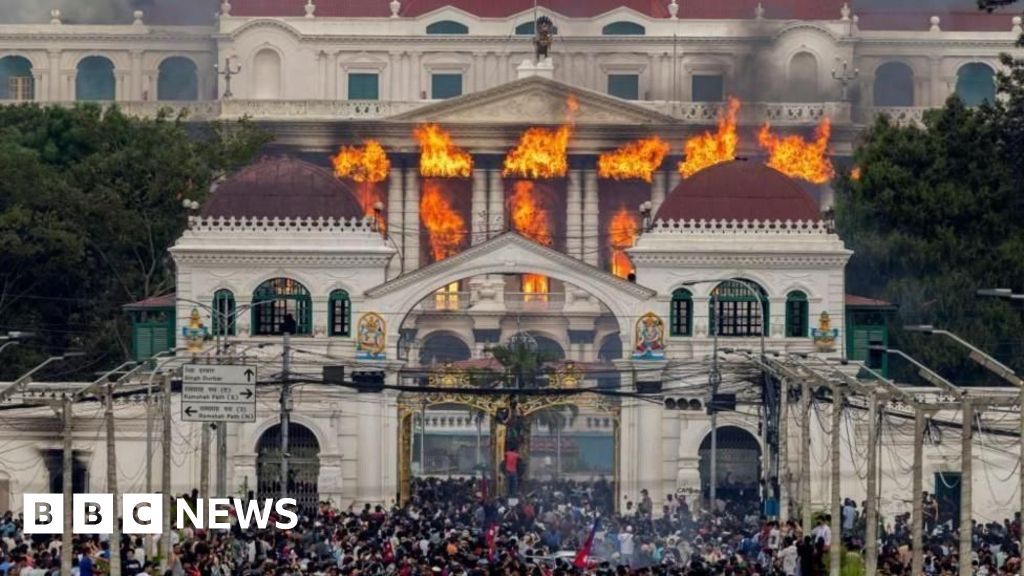Nepal’s political landscape faces fresh turmoil as the country’s top parties unite to demand the reinstatement of the recently dissolved parliament. The dramatic move came after President Bidya Devi Bhandari dissolved the House of Representatives, a decision that has sparked intense debate and widespread protests across the nation.

The dissolution follows a wave of deadly anti-corruption demonstrations that swept through major cities. Protesters, frustrated by rampant government corruption and lack of accountability, took to the streets demanding significant political change. In response, Nepal’s president dissolved the lower house, a move that has only intensified public anger and political discord.
Major Parties Stand United
All of Nepal’s leading parties have come together to reject the dissolution and call for immediate reinstatement of parliament. They argue that the president’s decision undermines democratic norms and threatens the country’s fragile political stability. Political analysts warn that continued deadlock could push Nepal deeper into crisis, affecting governance and development.
What’s Next for Nepal?
The Supreme Court now faces pressure to decide on the legality of the dissolution. As tensions escalate, all eyes remain on Nepal’s leaders and judiciary to restore stability and uphold democratic values.